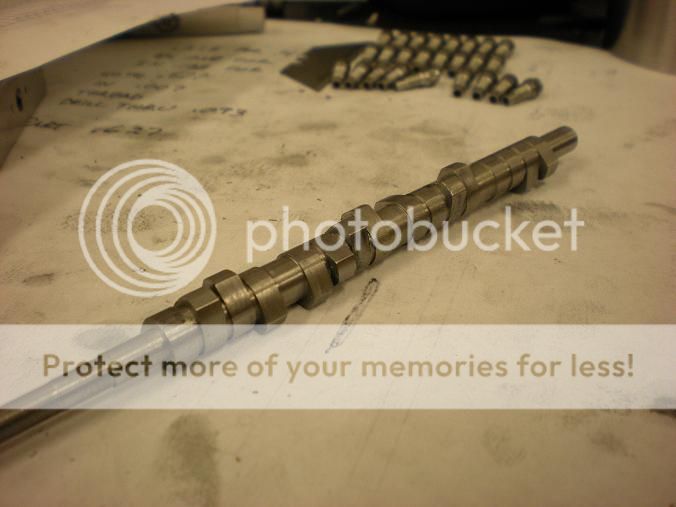trumpy81
Member
- Joined
- Oct 31, 2010
- Messages
- 219
- Reaction score
- 52
GDay All,
I am currently modelling a V8 engine using Autodesk Inventor Pro 2011. I plan to build this engine later this year and I have based the crankshaft and camshaft on those of a 350 Chev.
But I have run into a snag. As far as I can tell, each pair of cam lobes (intake and exhaust) should be rotated 45 deg from the next pair of lobes, is that correct?
The reason I ask is that when I compare my 3D drawing of the cam to a Photo of a REAL cam, all of the cam lobes (except the first four) look to be rotated at different angles.
The first photo below is the REAL cam, the second is my 3D drawing of a cam. The last photo shows the cams side by side. If you look at the positions of Number 1 Exhaust lobe (The very first lobe on the cam) and Number 8 Exhaust lobe (The very last lobe on the cam) it's pretty obvious that they are not in the same positions. th_wtf1 HELP!!!!! Can anyone explain this? What am I doing wrong?



I am currently modelling a V8 engine using Autodesk Inventor Pro 2011. I plan to build this engine later this year and I have based the crankshaft and camshaft on those of a 350 Chev.
But I have run into a snag. As far as I can tell, each pair of cam lobes (intake and exhaust) should be rotated 45 deg from the next pair of lobes, is that correct?
The reason I ask is that when I compare my 3D drawing of the cam to a Photo of a REAL cam, all of the cam lobes (except the first four) look to be rotated at different angles.
The first photo below is the REAL cam, the second is my 3D drawing of a cam. The last photo shows the cams side by side. If you look at the positions of Number 1 Exhaust lobe (The very first lobe on the cam) and Number 8 Exhaust lobe (The very last lobe on the cam) it's pretty obvious that they are not in the same positions. th_wtf1 HELP!!!!! Can anyone explain this? What am I doing wrong?








